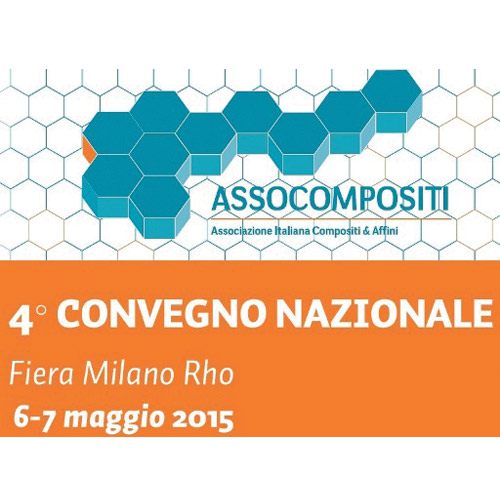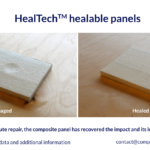Tensile behaviour and durability of steel reinforced polymer and steel reinforced grout
Composite materials have been increasingly used in the last two decades for repairing and strengthening existing structures, since they can provide a significant improvement of the structural capacity with minimum mass increase. Textile materials include carbon, glass, steel, basalt, PBO, and natural fibres. Among all these possibilities, steel-based reinforcements offer particularly good mechanical performance thanks to the high tensile strength of the textile and the effective cord-to-matrix interlocking, at relatively low costs. Nevertheless, their development still needs to be fully completed, with respect to other well-established materials, such as carbon and glass. Wide and solid experimental datasets are therefore necessary to provide practitioners with information on structural performance and allow for the full introduction of steel-based composites in the standard codes that are currently under finalization for both qualification and design.
This paper presents an experimental investigation on the tensile behaviour and durability of Steel Reinforced Polymer (SRP) and Steel Reinforced Grout (SRG). Both the composites are conceived as externally bonded strengthening systems for reinforced concrete and masonry structures, and comprise unidirectional textiles made out of galvanized Ultra High Tensile Strength Steel (UHTSS) cords. In SRP the steel textiles are bonded by means of an epoxy resin, while in SRG either a mineral or a natural hydraulic lime mortar is used.
First, tensile tests were carried out on textile specimens to derive strength, peak strain, and tensile modulus of elasticity. The durability against salt attack was also investigated after artificial ageing in substitute ocean water. Moreover, having in mind confinement applications, the deterioration induced by mechanical flexing (both by itself and in combination with salt attack) was studied.
Then, tensile tests were carried out on SRP and SRG composite specimens. In addition to maximum attainable stress, corresponding strain and tensile modulus of elasticity, tests provided the whole response curve under tension. The contribution of the matrix to both load bearing capacity and stiffness at relatively low stress was identified. Moreover, the crack width and distribution were derived and related to the layout of the textile (i.e., the cord density, ranging from 4 to 21 cords/inch) and to the type (epoxy/inorganic) and properties (tensile strength, grain size range) of the matrix.
Test results led to the mechanical characterization of steel textiles and steel-based composites under tension, and provided the fundamental parameters relevant to the structural applications in which the strength of the textile can be fully exploited, such that the tensile failure of the system may be expected (e.g., the confinement of pillars and columns, the extrados reinforcement of vaults or the bending strengthening of r.c. beams with mechanical end anchors/pivots).
Stefano De Santis, Department of Engineering, Rome, Italy, stefano.desantis@uniroma3.it
Paolo Casadei, Kerakoll S.p.A., Sassuolo (MO), Italy, paolo.casadei@kerakoll.com
Francesca Roscini, Department of Engineering, Rome, Italy, francesca.roscini@uniroma3.it
Gianmarco de Felice, Department of Engineering, Rome, Italy, gianmarco.defelice@uniroma3.it












